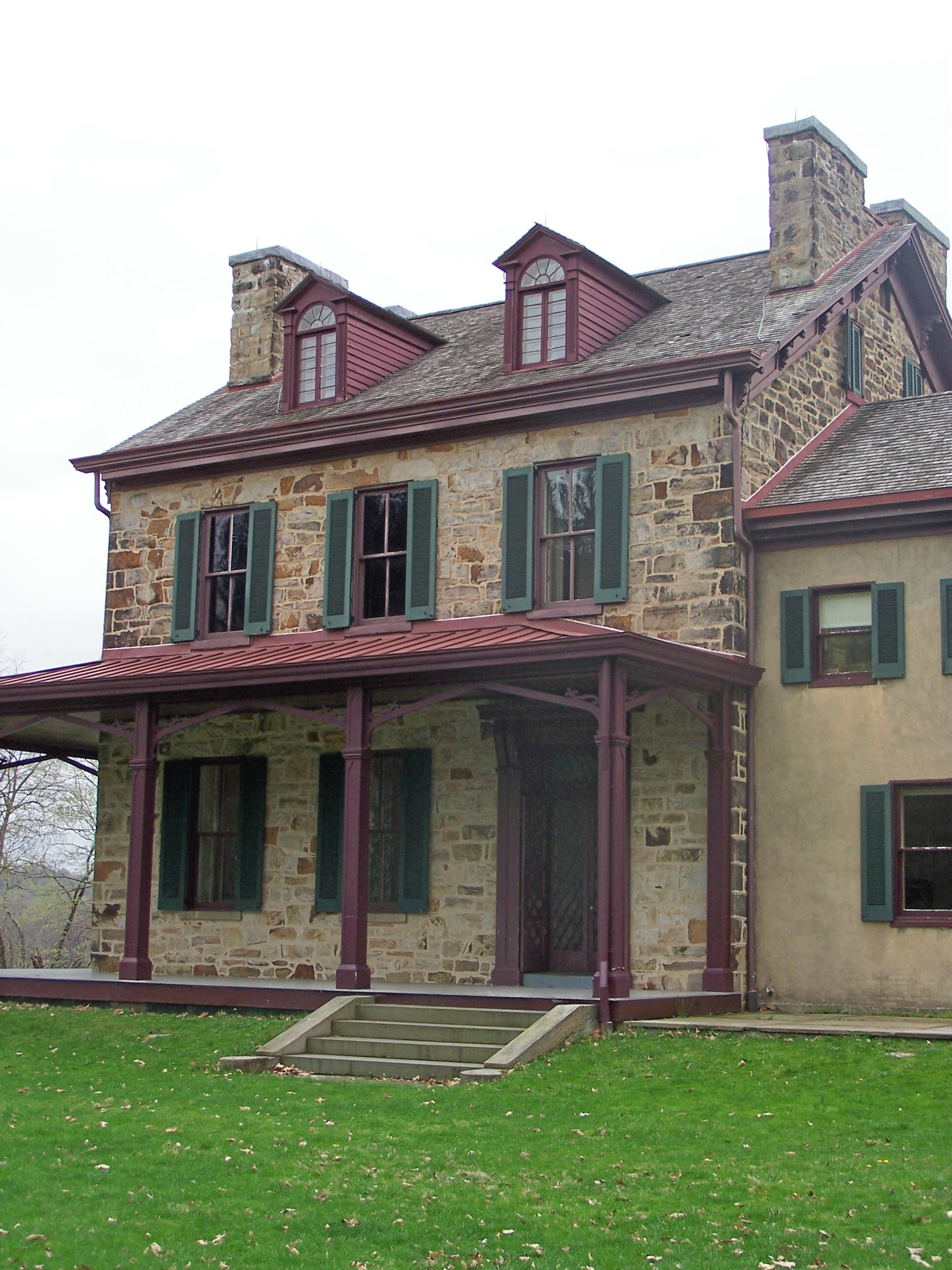Journey Through Time: Navigating All 16 States of the Lewis & Clark National Historic Trail
Planning a visit? Check out the Lewis & Clark National Historic Trail page for visitor info, directions, and what to do when you get there.

Introduction
Begin your journey where it all started: at the Lewis & Clark National Historic Trail. Spanning over 3,700 miles and crossing 16 states, this extraordinary trail is not just a hiker’s paradise but also a gateway into the rich tapestry of American history. It reprises the expedition route taken by Meriwether Lewis and William Clark between 1804-1806. With diverse landscapes ranging from verdant forests, sweeping plains, majestic mountains to picturesque waterways - each aspect of this trail offers an enriching encounter with nature and history.
Historical/Cultural/Geographical Background
Commissioned by President Thomas Jefferson after the Louisiana Purchase in 1803, the Corps of Discovery’s mission led by Lewis and Clark was to explore and map the newly acquired western territories. Their journey took them through some stunning geographical wonders such as Yellowstone River in Montana, Columbia River in Oregon which are now parts of this historic trail.
The cultural significance is equally palpable. Trace pathways where Native American tribes like Mandan, Shoshone, Nez Perce have trodden for centuries. Seek out villages marked by ancient rock art or be intrigued by museums exhibiting native artifacts, folklore.
Activities Guide
Your adventure along this vast stretch can encompass myriad activities. Go wildlife spotting in Idaho’s Clearwater river region home to bears, elk, wolves; kayak down Missouri river; hike through Indiana’s Hoosier National Forest or birdwatch in Ohio’s Shawnee State Forest.
For history buffs, visit the interpretive centers in Nebraska and Montana to gain fascinating insights into the expedition. Literature enthusiasts can delve into Lewis & Clark’s richly detailed journal entries at the Indiana State Museum.
Visitor Information
The trail is open all year with visitor centers dotted throughout. Ensure to check individual state park websites for operation hours, special alerts. You can access this trail from any of the 16 states it traverses through. The Trail’s Visitor Center in Omaha houses exhibits, maps and knowledgeable rangers ready to assist with itinerary planning.
Tips for Different Visitors
Regardless of whether you’re a solo adventurer, family vacationer or senior citizen, this trail has something for everyone.
- Solo adventurers might prefer rugged hikes, backcountry camping.
- Family vacationers could opt for picnic spots along Nebraska’s gentle bluffs.
- Senior citizens may enjoy slower-paced activities like birdwatching, smaller walks around visitor centers.
Remember safety first! Carry sufficient water, wear appropriate clothing, use maps/GPS for navigation and respect wildlife.
Regional Context
This epic journey further provides an opportunity to savor regional flavors - finger-lickin’ Kansas BBQ; Idaho’s famous potatoes; Ohio’s sweet corn; Oregon’s fresh berries. Explore quaint towns like Astoria in Oregon steeped in maritime history or Livingstone town in Montana with its vintage charm.
Conclusion
Ultimately, traversing the Lewis & Clark National Historic Trail is an immersive experience providing a glorious blend of wilderness escapade, cultural exploration and historical engagement. Its vast expanse holds countless untold stories waiting to be discovered on your journey across America’s heartland.
Frequently Asked Questions
What are the operating hours and admission fees for Lewis & Clark National Historic Trail?
Lewis & Clark National Historic Trail is typically open year-round, though specific hours may vary by season. Most national parks charge an entrance fee, but some sites are free to visit. Check the official NPS website for current hours and fee information.
How long should I plan for a visit to Lewis & Clark National Historic Trail?
A typical visit to Lewis & Clark National Historic Trail can range from a few hours to a full day, depending on your interests and the activities you choose. Allow extra time for hiking, photography, and exploring visitor centers.
What should I bring when visiting Lewis & Clark National Historic Trail?
Essential items include comfortable walking shoes, water, snacks, sunscreen, and weather-appropriate clothing. Bring a camera to capture the scenic views and consider binoculars for wildlife viewing.
What is the best time to visit Lewis & Clark National Historic Trail?
The best time to visit depends on your preferences and the activities you plan to enjoy. Spring and fall often offer pleasant weather and fewer crowds, while summer provides the longest daylight hours.
Is Lewis & Clark National Historic Trail accessible for visitors with mobility needs?
Many areas of Lewis & Clark National Historic Trail are accessible to visitors with mobility needs, including paved trails and accessible facilities. Contact the park directly for specific accessibility information and current conditions.
Related Articles

Echoes of the Past: Delving into Whitman Mission National Historic Site

Unearthing the Treasures of Friendship Hill: A Journey back in Time

Harmony in the Heartland: A Jazz Aficionado’s Guide to New Orleans Jazz National Historical Park, Louisiana
Embark on a melodious journey through New Orleans Jazz National Historical Park and experience the birthplace of jazz. Located in the vibrant French Quarter ...